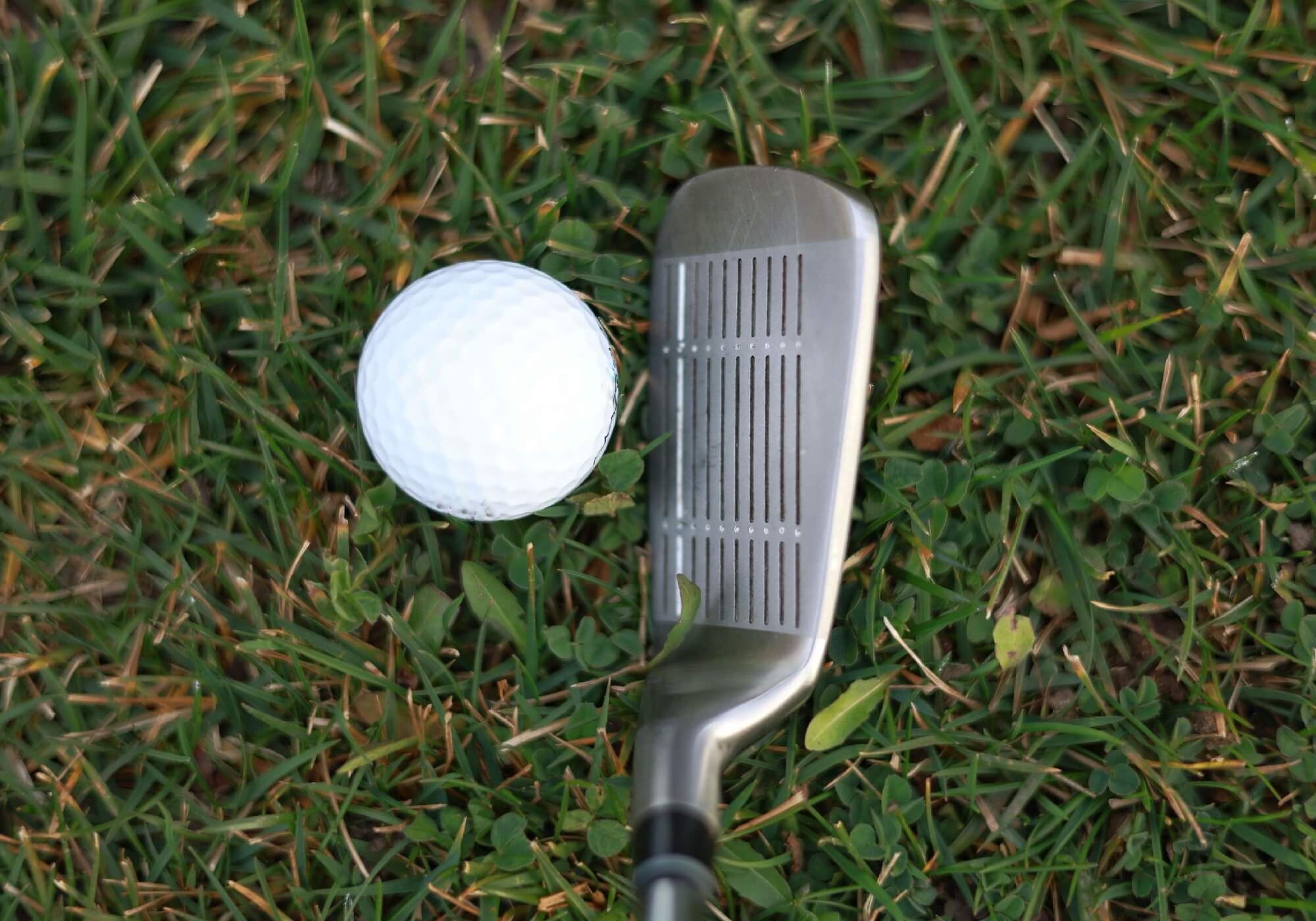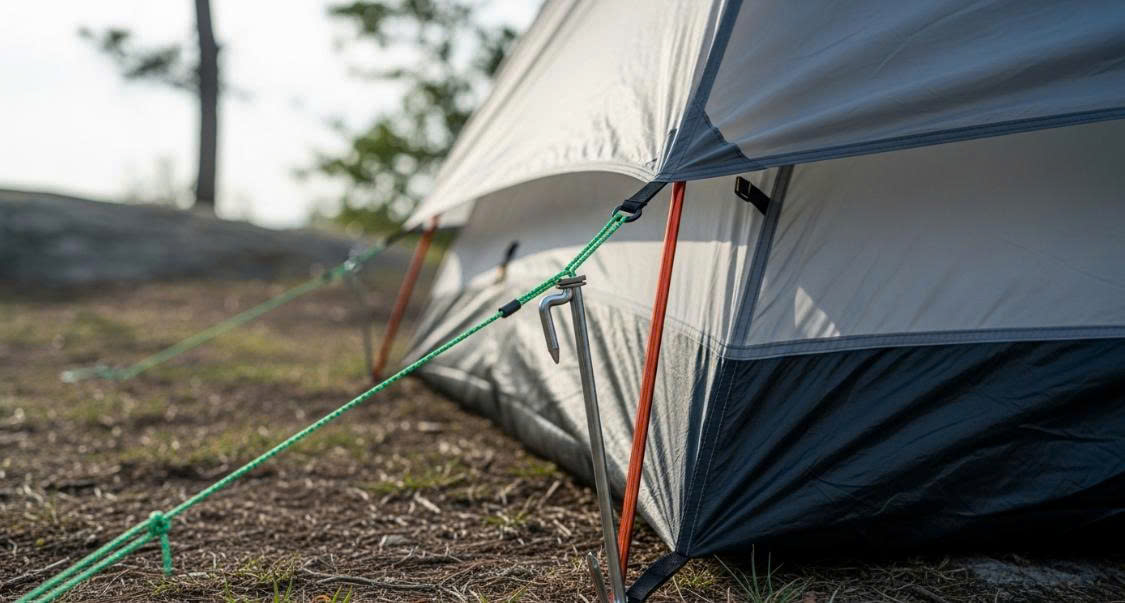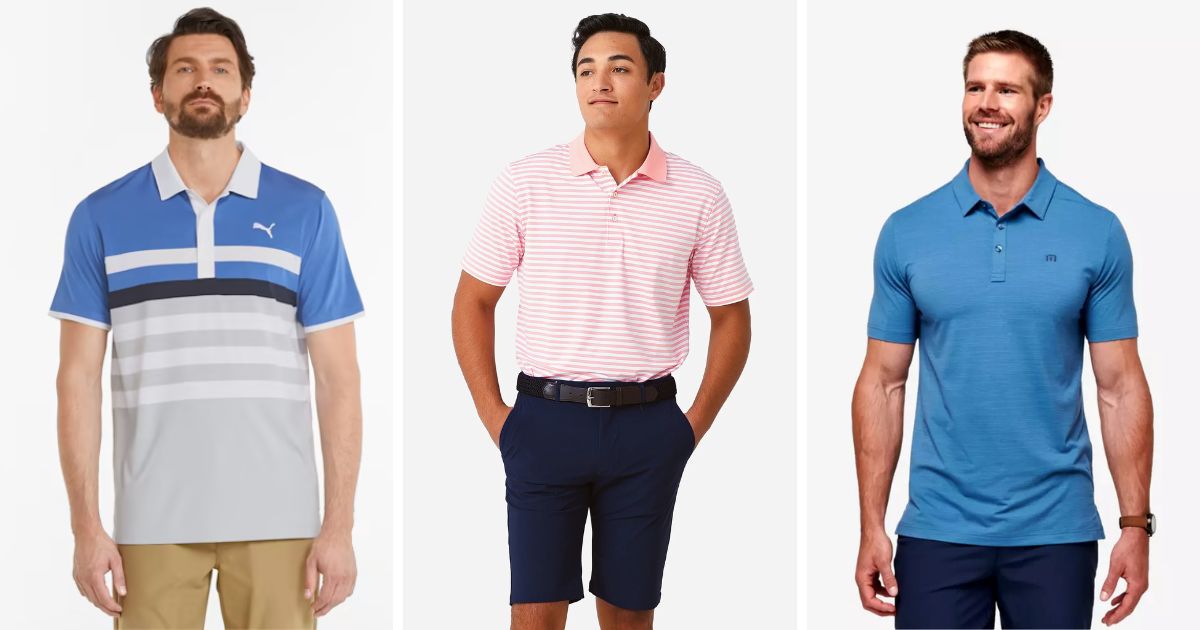As an avid golfer and lover of the game, I'm always fascinated by the ever-evolving equipment designs aimed at helping players of all abilities. One club category that seems to generate a lot of discussion both on and off the course is the so-called "chipper" - a hybrid short-game club that fills the gap between wedge and putter. Its simple design aims to give golfers an easy-to-use tool around the greens, but are these clubs truly legal according to the Rules of Golf?
In a recent investigation, I dove into the exact wording around equipment rules as they relate to chippers. Some key findings:
1. Rule 4.3a states that clubs and balls are exempt from the restriction against equipment that "artificially eliminates or reduces the need for a skill or judgment." In other words, specialized clubs like chippers can indeed be conforming.
2. However, the "Interpretations" section provides clarification on chipper specifications. Most importantly, they must have a single striking face and hitting surface, and cannot be two-sided or unusually long.
3. Many commercially available chippers like the Odyssey model likely encounter no issue. Their lofts are reasonable for the intended short-game use, and their designs comport with equipment guidelines.
4. The two-sided "chippers" sometimes seen are in fact non-conforming. Their dual faces violate rules seeking a plain clubhead with one strike zone.

In the end, skilled players shouldn't hesitate to pull a well-designed chipper from the bag if it fits their games. Within reason, these clubs offer conformity and can even foster improved scoring. The keys are understanding the exact wording around single-sided heads and standard dimensions.
Have you added a chipper to your arsenal? Let me know how it's working out on the course! As always, I aim to provide insightful guidance on rules, equipment and all things related to the grand game of golf.
Read more: Rules of Golf Review: What to do if your ball is submerged in a penalty area







.jpg)
.jpg)






